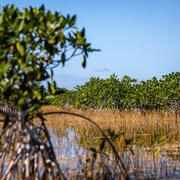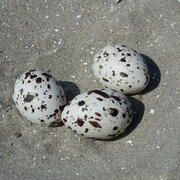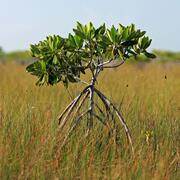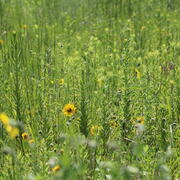Priority Landscapes
Much of the work done by USGS WARC scientists occurs in areas of management concern, such as the Mississippi River Delta and the Florida Everglades. This place-based research focuses on understanding the biological and physical processes that influence change to inform management strategies across these large geographic areas.













